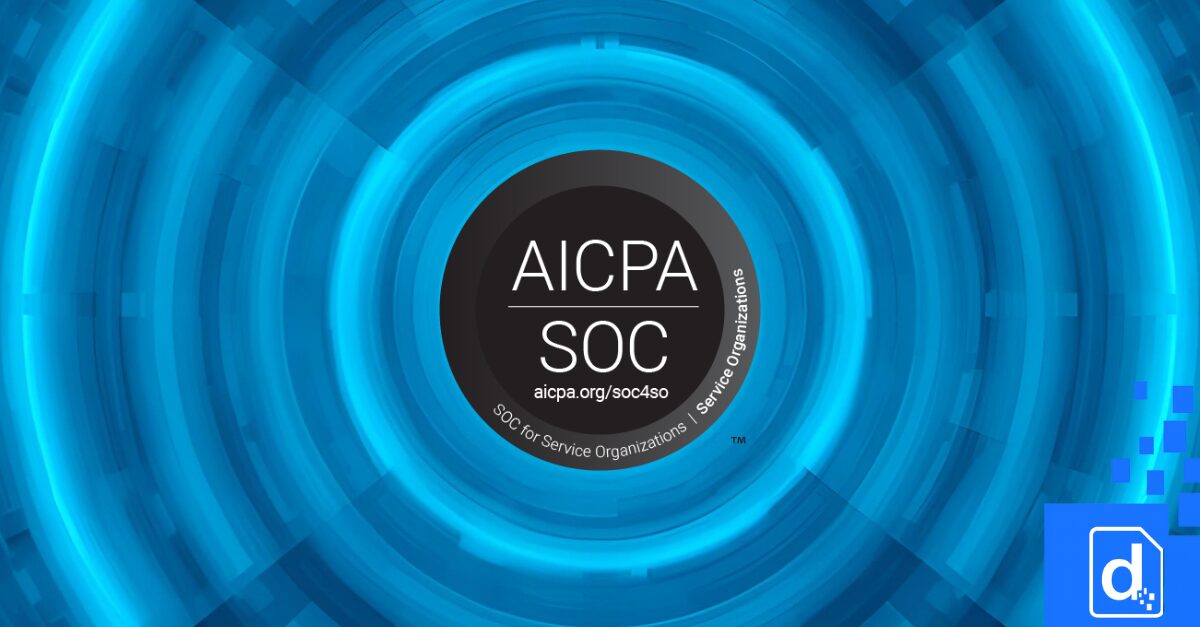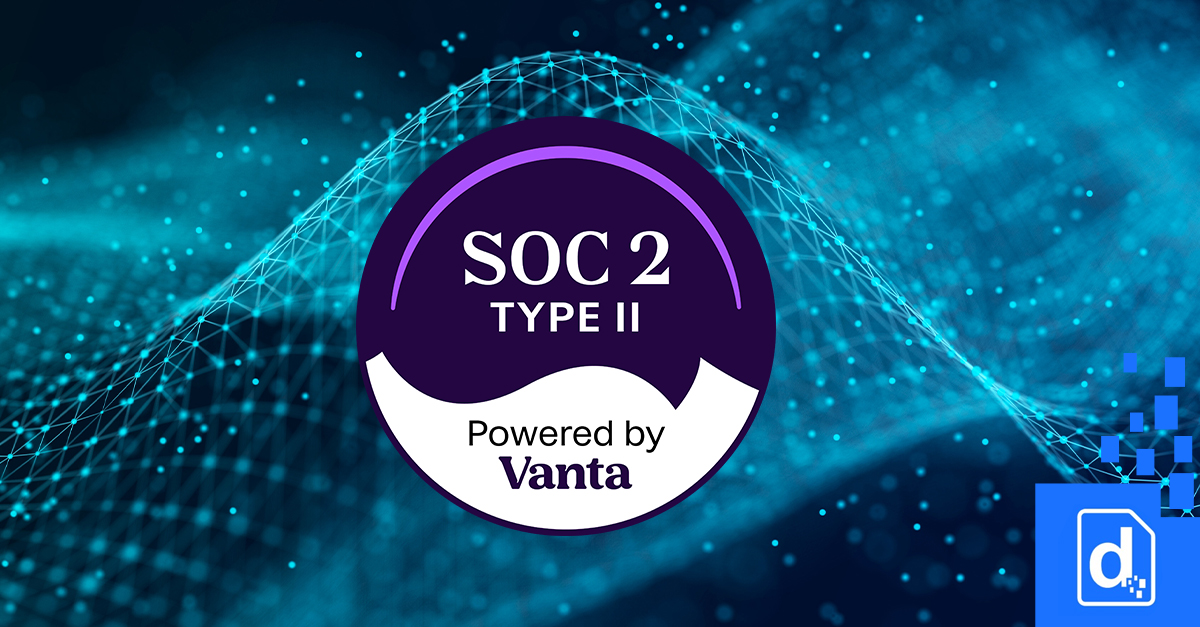Choosing the right document generation approach affects how documents are created and changed. Businesses have the choice between two approaches: code-based or template-based document solutions.
This choice affects:
- Who can update documents.
- How quickly document changes can be made.
If the approach doesn’t align with business needs, team capabilities or document complexity, it can delay updates, increase maintenance effort, and reduce flexibility.
Code-Based Document Generation
In a code-based approach, developers take the reins. They can define exactly how the document will look, and can place each element – a table, a logo, or a heading, for example – exactly where it’s needed.
While this provides complete control over layout and formatting, it’s not without its challenges. Making even small changes to the layout, like repositioning a logo or adjusting text spacing, requires code adjustments, testing, and deployment. As a result, businesses often need to rely on a development team’s availability for document changes, which can lead to bottlenecks and slower turnaround times, especially when resources are limited.
Template-Based Document Generation
A template-based system allows users to design documents in familiar programs, like Microsoft Word or LibreOffice, and then populate those templates with data. These editors include their own formatting features that allow the user to create templates that behave in a predictable way. When changes are needed, they can be made directly in the template without the need for code adjustments or developer support.
This approach makes document management significantly faster and more straightforward than code-based generation, especially for those who are not tech-savvy, which is why it is usually favored by businesses that don’t have extensive developer resources on hand.
Docmosis takes a template-based approach , enabling teams to generate high-quality documents quickly and efficiently.
This document gallery features actual Docmosis customers’ documents, and other examples generated to demonstrate the capabilities of this approach.
Choosing Between the Two
Choosing between these two approaches largely depends on the level of resources available and the complexity of the documents being generated.
A template-based system might be best if:
- Document layouts need to be adjusted without developer support
- Documents follow a consistent structure but need to be filled with dynamic content
- Document generation software needs to be adapted quickly
A code-based approach may be preferred if:
- The business has a strong internal development team
- Every aspect of the document layout needs to be tightly controlled
- Documents require advanced customization
No One-Size-Fits-All Solution
For many businesses, template-based solutions like Docmosis are the right fit for a fast, flexible, and user-friendly way to generate professional documents. They provide a significant advantage when teams need to make frequent or quick changes, while maintaining consistency, all without relying on developer time. For those businesses wanting the flexibility to build complex layouts with a team of developers, a code-based solution could be a better fit.







